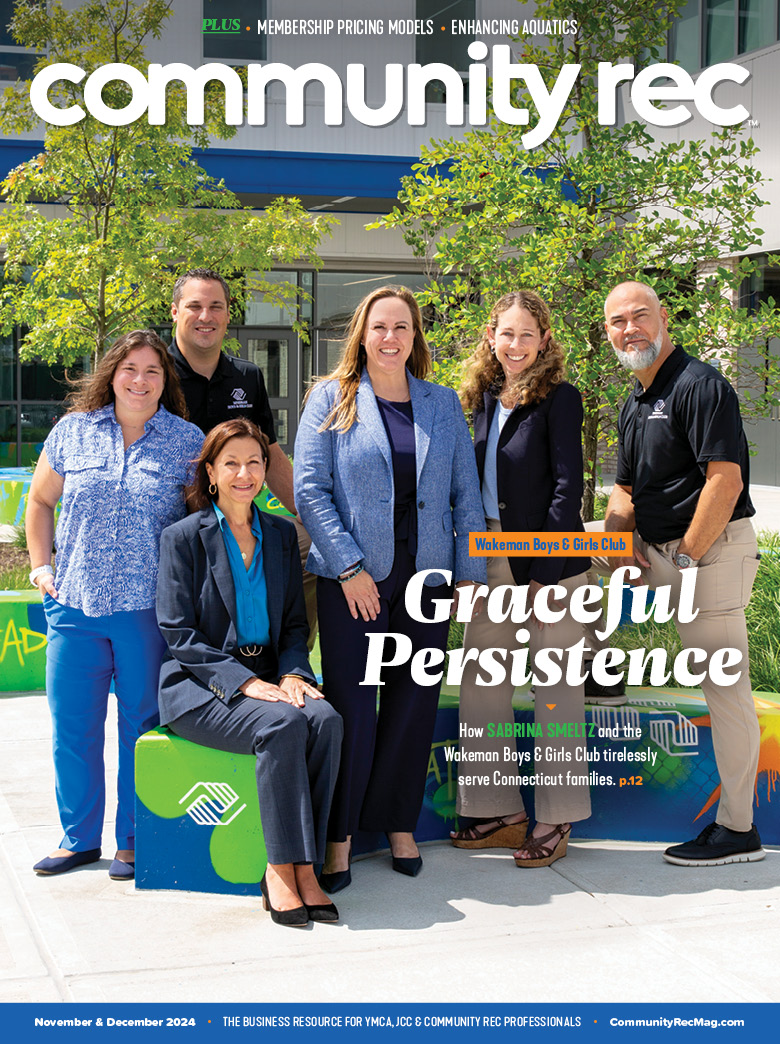Our world has become faster paced, and children are exposed to increasing rates of reinforcement outside of the classroom. Teachers must stay abreast with effective teaching methods and principles to compete with these outside reinforcers, which include games, television and media channels.
Electronics can deliver an average of 100 positive reinforcers within a minute. Children will continue to participate in activities that provide high levels of positive reinforcement, while decreasing participation in non-engaging activities. A rich schedule of reinforcement provided by teachers could increase children’s involvement in movement, sports and fitness, which produces lifelong beneficial health outcomes. It is our job as educators to utilize these methods in a creative approach to coaching.
The science of applied behavior analysis manipulates antecedent conditions and consequences to affect future changes in behavior. These contingencies have been demonstrated in youth fitness and sports training contexts as an effective solution to increase children’s movement and athletic development of specified skill areas. In order to increase movement, it is critical to teach what interests children and are also age-appropriate motor skills.
Pinpointing what children are interested in can be easier than it sounds. Watch what children spend most of their time doing, and how they engage with their environment and others. Children will continue to participate in movement activities when they are experiencing high rates of positive reinforcement, whether that be in the form of attention, praise, positive gesture or a preferred item. Use what interests children such as visuals, sounds and stories relating to superheroes, favorite cartoon and movie characters, or video game themes, and pair it with exercise and reinforcement to increase their movement levels in fitness and sports.
We must analyze reinforcement contingencies in order to increase children’s participation in physical activity and sports. There are many ways to create a lesson or class that provides reinforcing experiences more similar to outside scenarios. One way is through a gaming component. For example, when a child performs a correct movement, auditory feedback, such as a Mario coin sound, can be delivered immediately when the behavior is performed. When the child hears the sound, it is a conditioned reinforcer through previous association with the Mario game. Therefore, it is likely the student will perform the movement in the future.
Another way to provide reinforcement is through using positive praise at the time when a child is participating or immediately following a desirable behavior during a lesson or class. Children naturally enjoy working for something, whether it’s an item, activity or attention. When teaching a class or lesson, children will thrive in an environment when goals are set and contingencies for reaching the goals are in place. Therefore, children are working for an item, activity or attention while receiving positive reinforcement.
Providing a high-five, thumbs up, smile or side hug are also ways to provide positive reinforcement when children are participating in desirable behaviors. For example, set a goal for children to stay on task during a selected activity and if they reach or exceed the goal, they will have access to a bubble party. Continue to create an environment that is reinforcing, and children will continue to participate in sports and fitness classes and lessons.

Holly Metzger-Brown
Holly Metzger-Brown, M.Ed., CSA, GC-ABA, BCBA, LBS is the Learn & Play Director at the York Jewish Community Center. She graduated from Lycoming College, where she played varsity tennis and basketball. She has a master’s degree in teacher leadership and education. Holly is a Board Certified Behavior Analyst, certified POINTE PROGRAM consultant, and certified tennis instructor. She has been published in several books, journals and magazines, including Onsite Fitness, Netplay, Wacky Ways to Succeed with ADHD, Strategies, TennisPro, Yorkids and Community Rec. She has been locally and nationally recognized for her youth fitness and sports programs.










